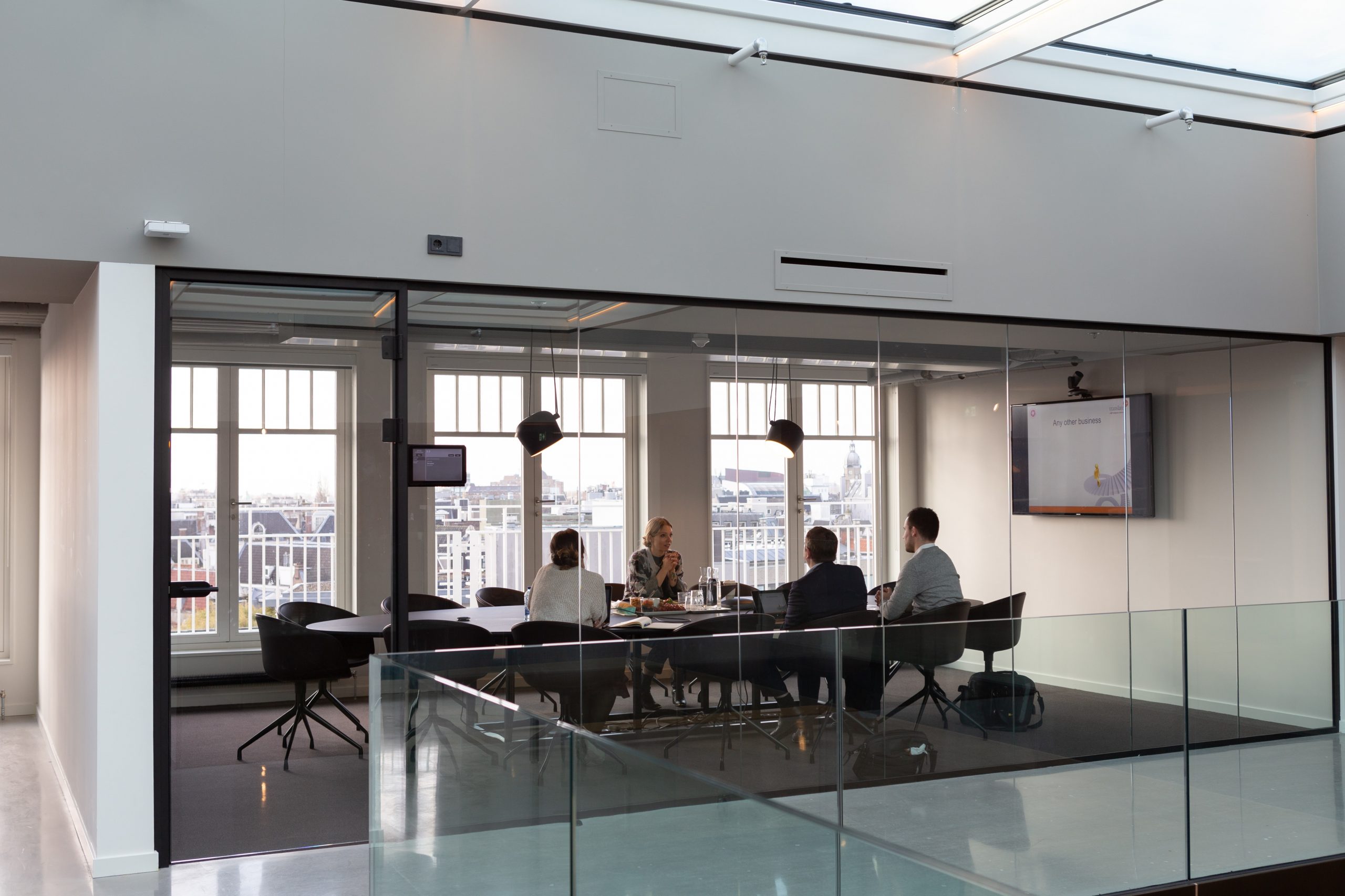Sometimes you may not want to attend them but meetings are something that cannot be avoided.
But there are practices you can implement to improve the experience and achieve better outcomes.
In a previous post, I discussed the roles attendees adopt in meetings and how to conduct a successful meeting. This time, I will talk about good practices to optimize the time spent in meetings and make them more effective.
Evaluate the purpose of the meeting
Based on the roles described in my previous post, try to envision the interactions that will take place during the session. If the topics are only to inform decisions, share insights, or ask concrete questions, you can send an email with the message, post it in Slack, or send a form to gather answers.
There is no better way to optimize a meeting than not having it.
Skip recurring meetings
Consider skipping recurring meetings that no longer serve a purpose. The best way to know if a meeting has value is to skip it. If something gets broken by not having it, it will be noticed, but if nothing happens, it’s time to reevaluate the time spent on that recurring meeting.
Agile frameworks propose many meetings, you can tweak them to fit your needs.
Compress the time of recurring meetings
With time and practice, you can improve your communication and achieve the objectives of your meetings. Maybe the session is still needed, but you can be more time-effective.
Get objectives and a time-boxed agenda
If after reviewing the need for your meeting, you still need it, set the objective of the meeting, think about the action items you want to achieve, and try to get a time-boxed agenda to conduct the meeting with precision.
Having meetings is okay, but there is always a way to improve the experience and optimize your time.
Photo by Rodeo Project Management Software on Unsplash
